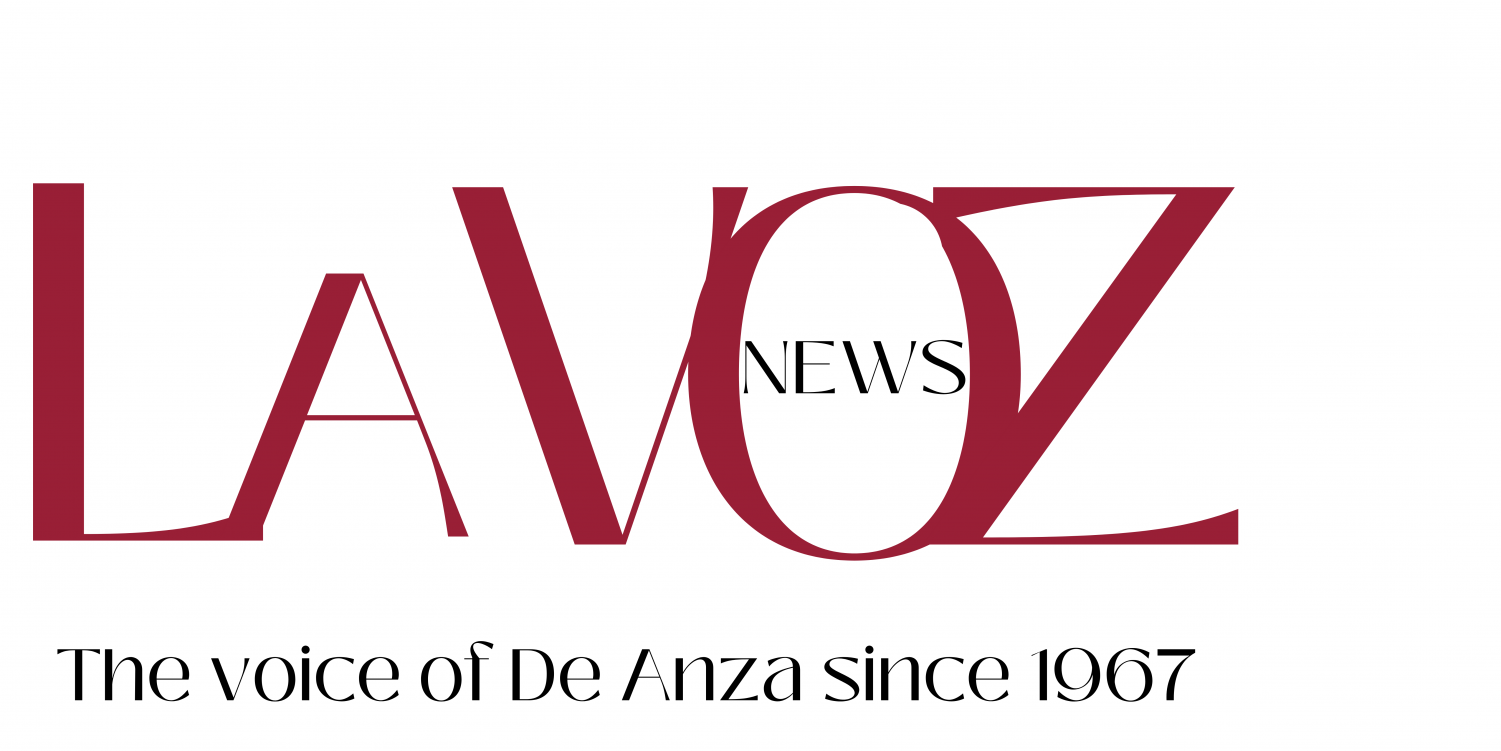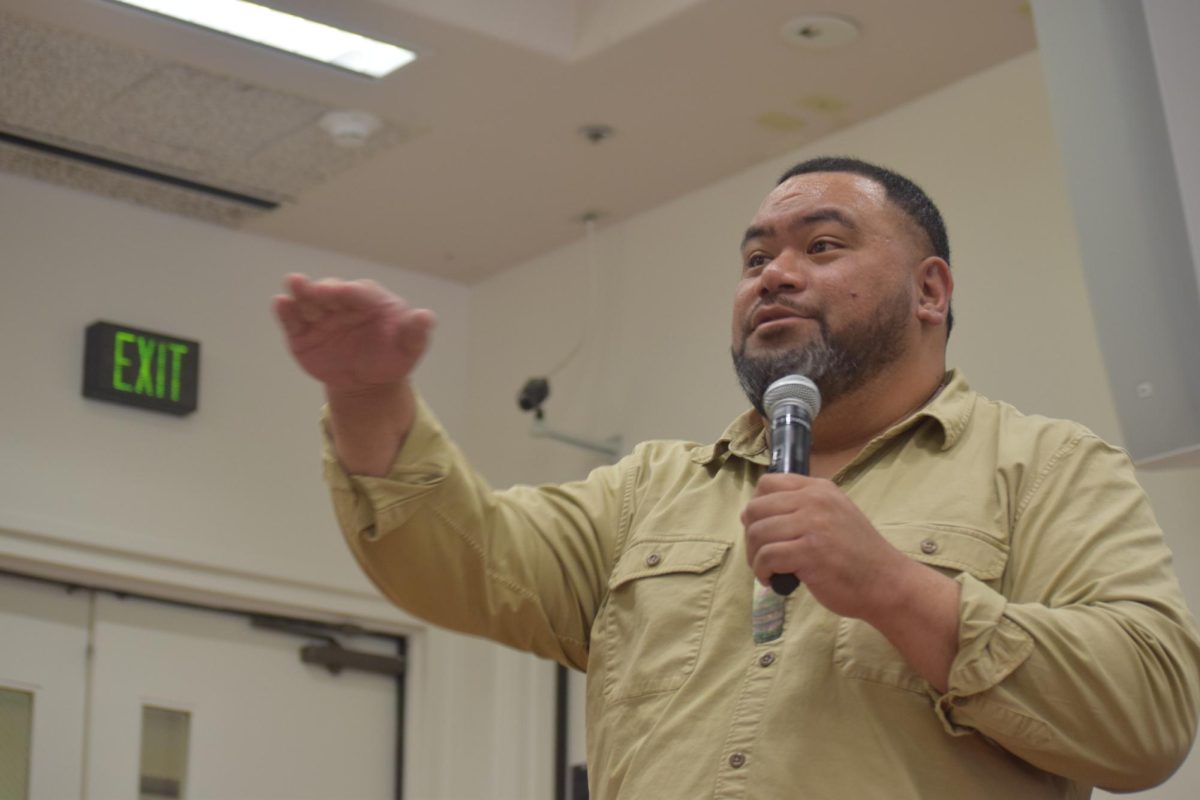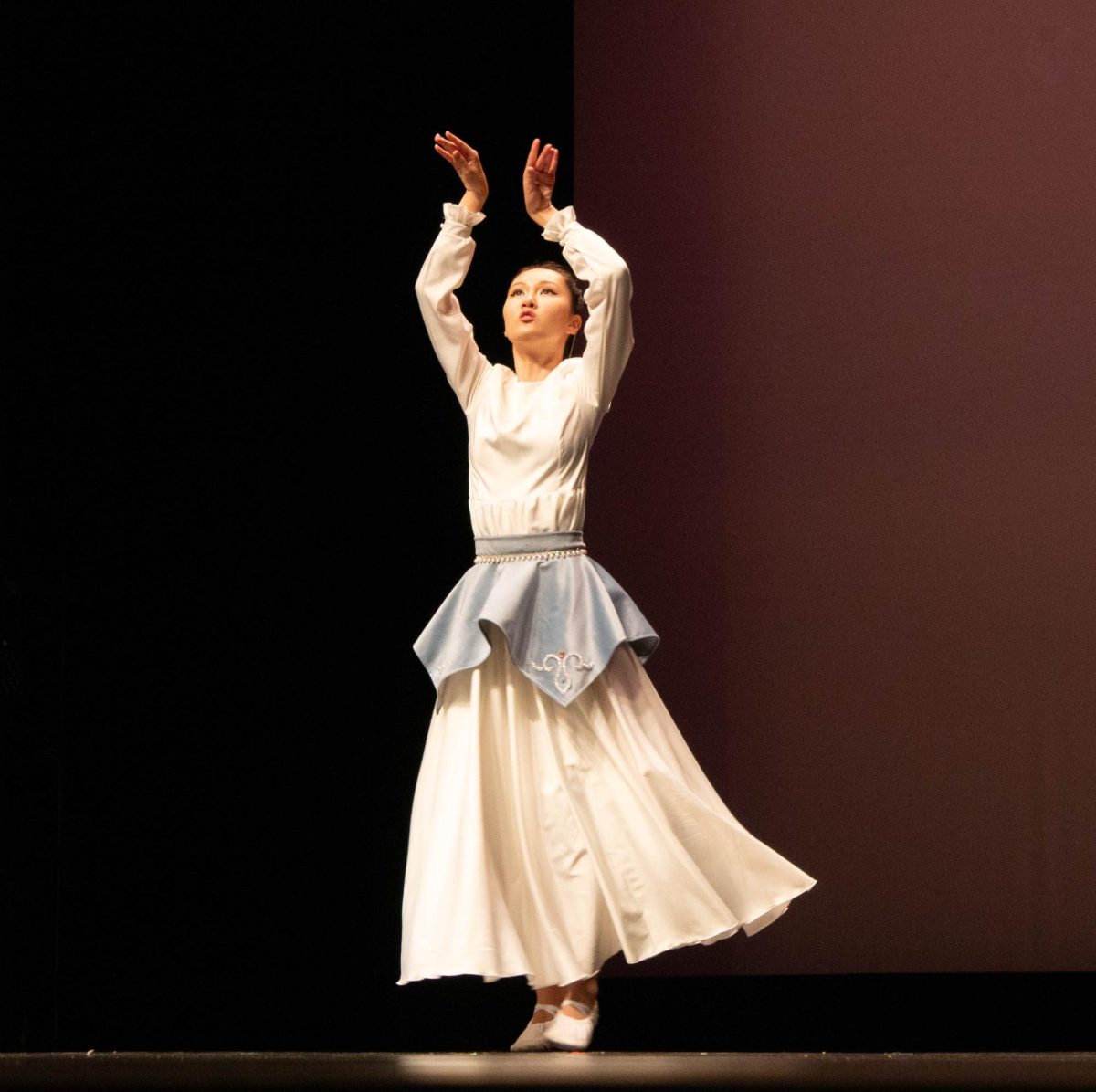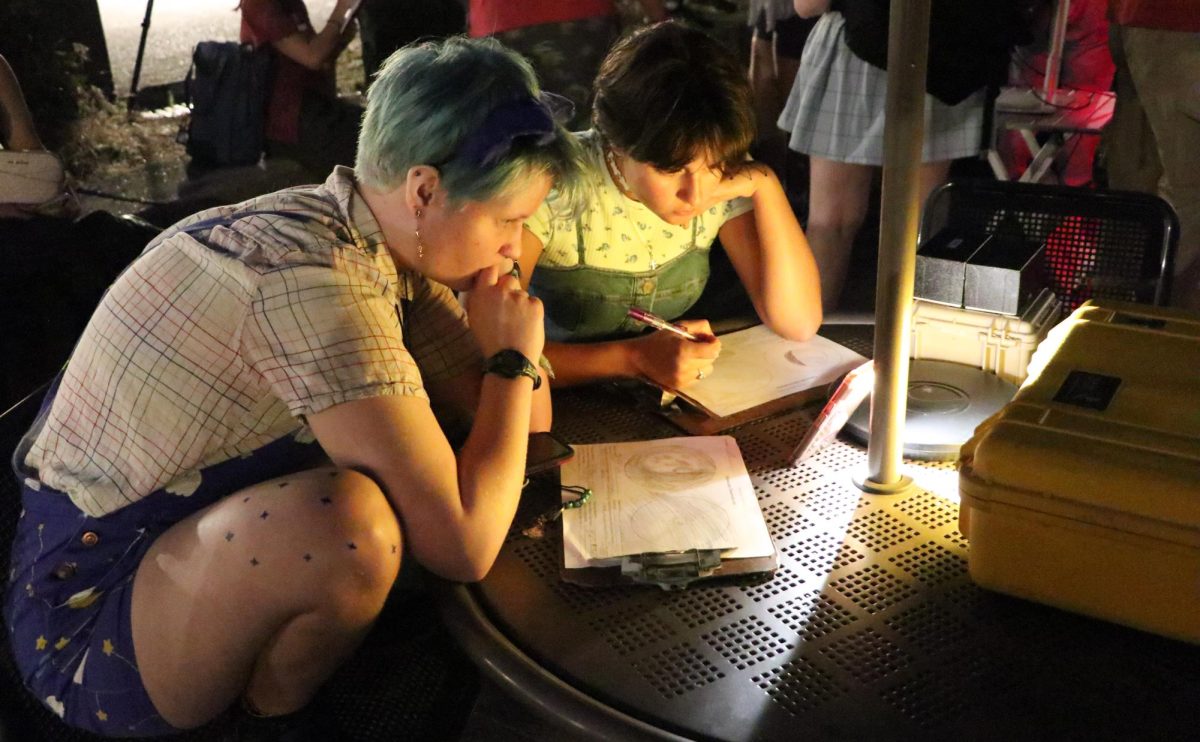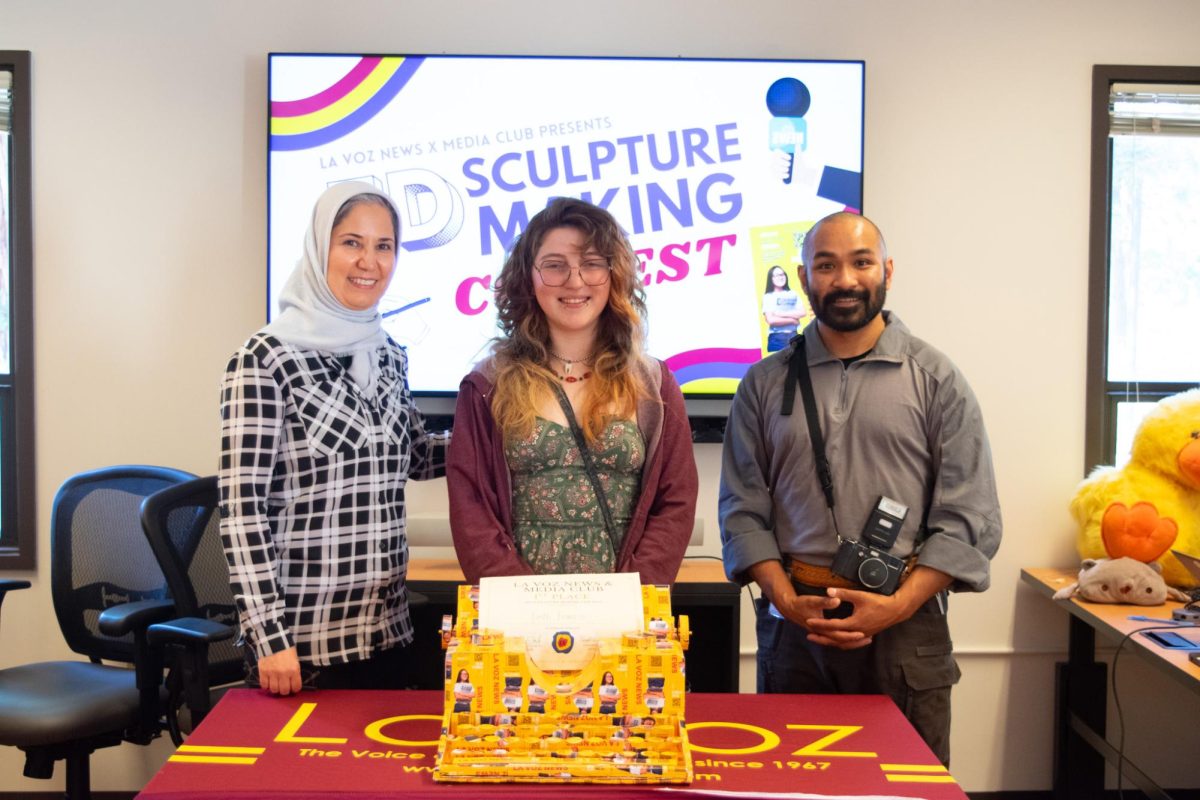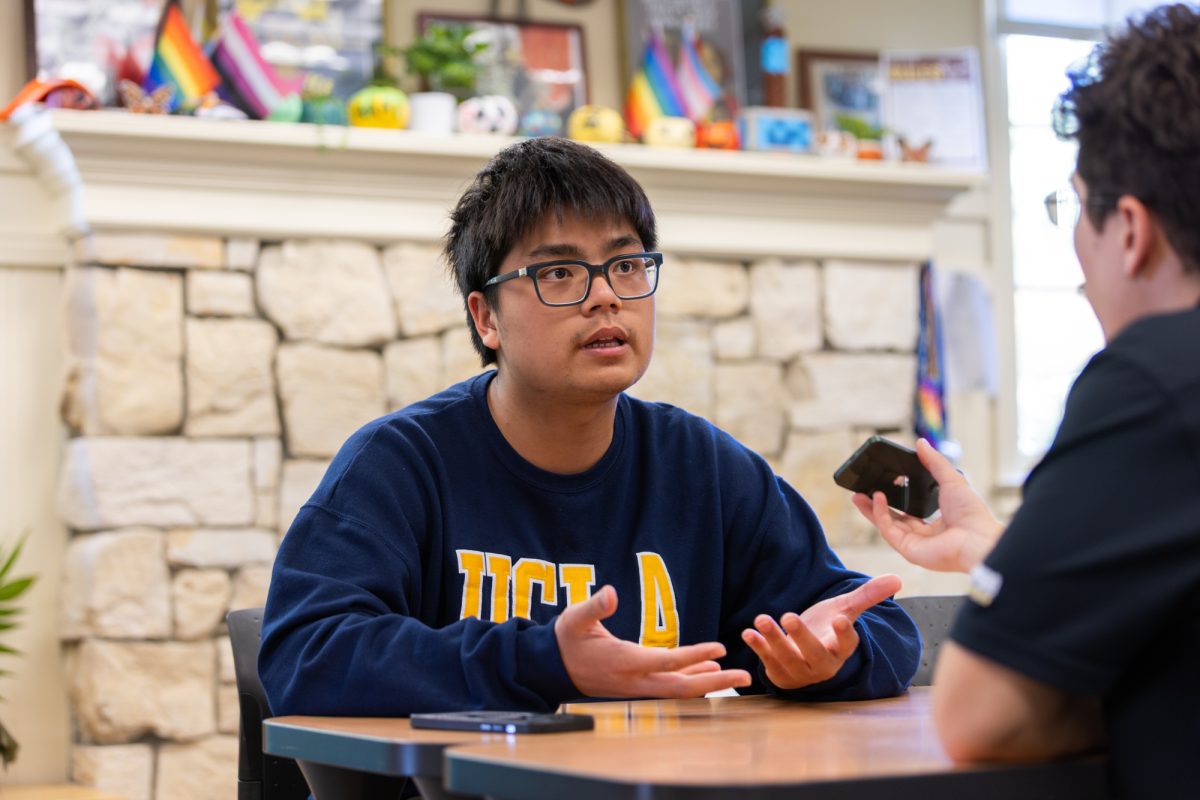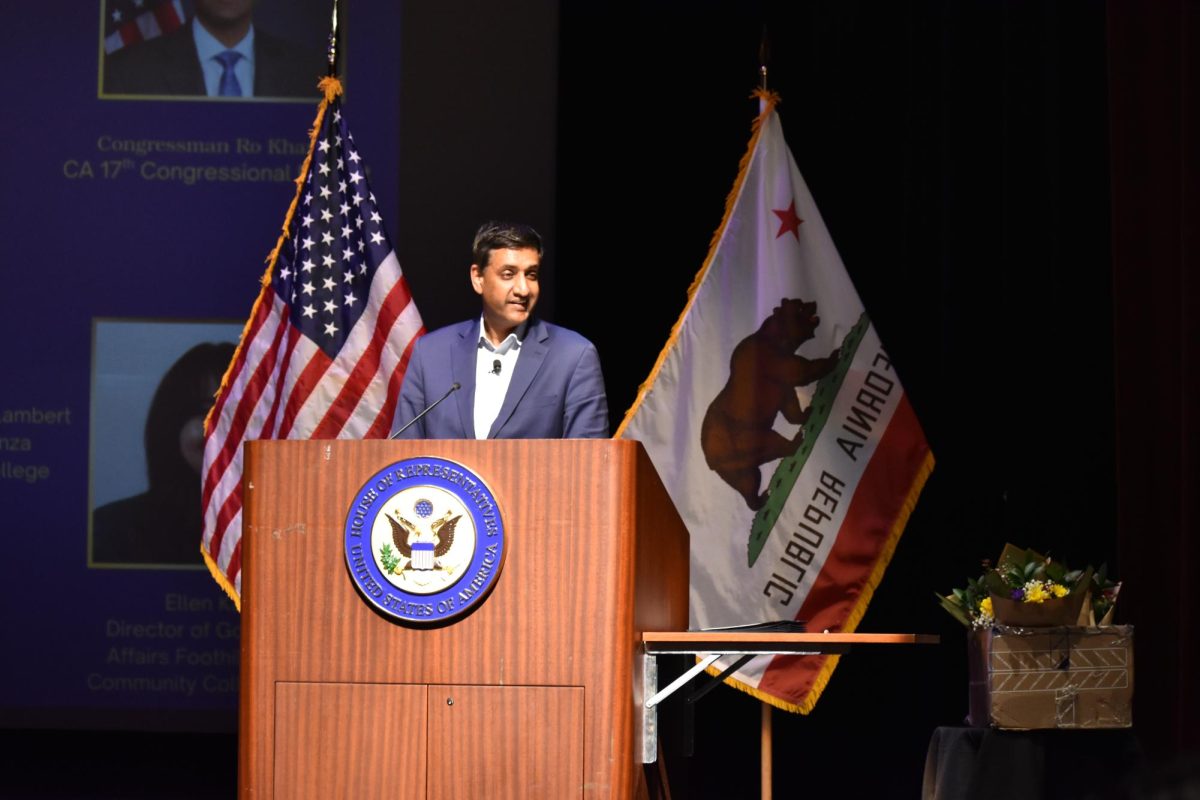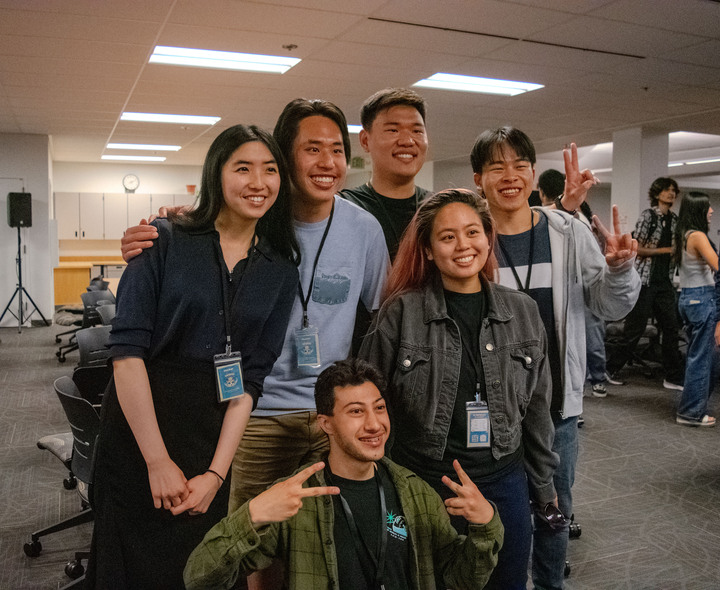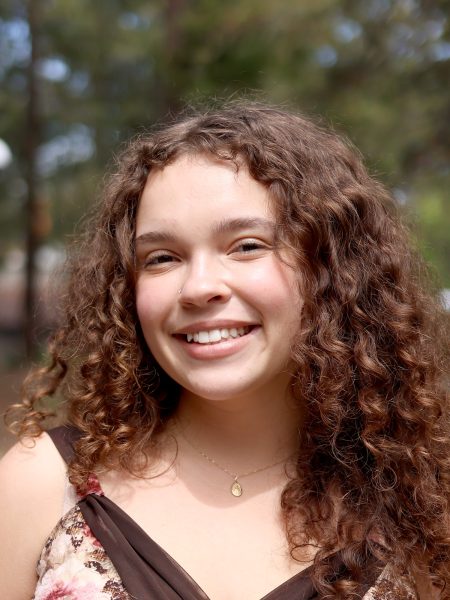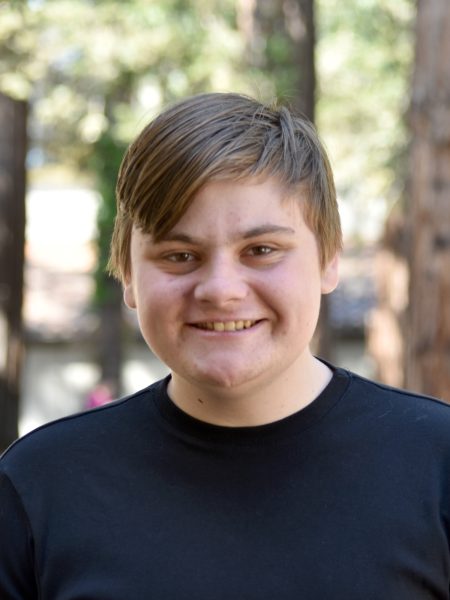De Anza College’s third annual Ethnic Studies Summit transformed Conference Rooms A and B into a space full of food, conversation, music and community on May 21.
With plates piled high and excitement rising, students and educators gathered around tables, trading stories and introductions as they waited for the first keynote speaker to take the stage.
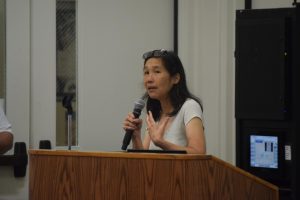
Debbie Lee, dean of multicultural and international studies, said this event has only grown larger each year, with an estimated 150 people attending this year, the largest turnout yet.
Alongside the keynote speakers, students enrolled in ethnic studies classes created and displayed poster boards highlighting individuals that contributed to their communities.
“(This) was an event where I wanted to gather together and learn about each other — a place for people to express and find themselves in the curriculum,” Lee said.
The ethnic studies academic field began in the 1960s, originating from student protests at San Francisco State University and UC Berkeley.
For some students, ethnic studies extend beyond academics.
“It’s cool to learn more about your own culture and important figures in other communities,” said Lucas Perez, 19, business major, whose project focused on José Hernández, a Mexican American astronaut and engineer. “I’m not familiar with the African American or Asian American community; it’s interesting to see how different communities share similar backgrounds.”
Perez is enrolled in an intro to Chicanx and Latinx studies and did this project as an alternate midterm.
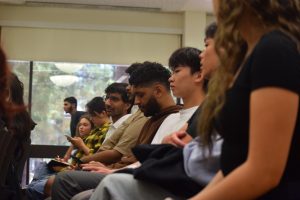
The event featured two Pacific Islander speakers as a collaboration with De Anza’s Pacific Islander Speaking Series.
“I desire to develop more programs and knowledge around Pacific Islanders,” said David Palaita, event coordinator and ethnic studies professor at De Anza. “We create community spaces like this to get folks to talk about how culture is instrumental and essential to their own life – their own contributions to ethnic studies. It’s a community dynamic.”
The first speaker was Andrew Va’i, a professor at Chabot-Las Positas community college district, whose lecture focused on student engagement, and invited students to question the educational systems they were raised in.
Va’i said when he graduated high school in 2006, Pacific Islanders made up 2.5% of the San Francisco school district population, but were among the highest dropout rates.
“The majority of American schooling is reflective of two learning styles, visual and auditory,” Va’i said. “This learning style doesn’t cater to my community.”
The third learning style is kinesthetic, learning by doing. Va’i said that the best way to teach is not simply by sharing knowledge, but instead by connecting all three learning styles.
To show this learning process in action, Va’i led the students through traditional Samoan calls and responses.
“(Call and response) is an action to build camaraderie, to bring people together.” Va’i said. “We are learning and moving all together.”
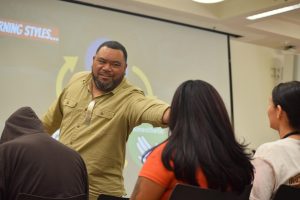
The last activity Va’i taught students was a traditional community dance. Students got up out of their chairs and learned a short choreography as a group.
With excitement and connection still lingering in the air, Va’i left the students with a final message. “Always reach out to your ancestors … There is always support and knowledge through your community.”
The second speaker, Lenna Malieitulua, led a hands-on workshop, building Hawaiian hakus — floral headpieces — and stringing together leis.
Malieitulua invited participants to slow down, work with their hands and engage in a community practice.
“These are things we do as a community to help gather us in one spot, focus on the same task and open our minds to receive information that’s new to us,” Malieitulua said.
Malieitulua emphasized “culturally relevant programs” in her workshop, reminding students and educators that culture and education are intertwined.
“In order for populations to live together in the same space, we have to learn about one another. We can not do that if only one group of people says ‘these are the rules, this is what’s right,’” Malieitulua said.
As the summit came to a close, attendees said they were left with a lasting feeling of connection both to those around them, and those who have come before.
“I’m only here because of my community,” said Bianca Ling, a part-time instructor in the ethnic studies department at De Anza. “Knowing that gives me even more reason to contribute.”
At De Anza, ethnic studies is a growing community and this annual summit continues to be a space where that spirit is celebrated.
